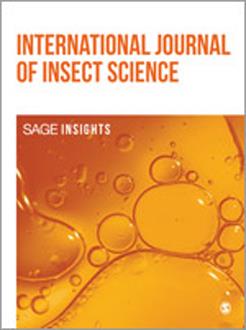Chilades pandava (Lepidoptera: Lycaenidae) larval food quality was studied to determine its influence on adult life history traits. A wild population from Cycas nongnoochiae (Cycadales: Cycadaceae) endemic habitat behaved similarly to the population collected from a garden setting. Cycas micronesica, Cycas revoluta, and Cycas seemannii leaves were used as high-quality food, whereas C nongnoochiae, Cycas taitungensis, and Cycas condaoensis leaves were used as low-quality food. The daily oviposition rate was not influenced by food quality, but longevity and lifetime fecundity of females were increased by high-quality larval food. These results indicate that in situ Cycas species impose a physiological constraint on the genetic capacity to produce offspring by C pandava. The removal of that constraint by high-quality novel Cycas species may be one reason this butterfly can increase in population rapidly after an invasion event and express greater herbivory of Cycas species within invaded regions.
How to translate text using browser tools
5 December 2017
Diversity in Cycas (Cycadales: Cycadaceae) Species Offered as Larval Food Influences Fecundity of Chilades pandava (Lepidoptera: Lycaenidae) Adults
Thomas E Marler,
Anders J Lindström,
Paris N Marler





